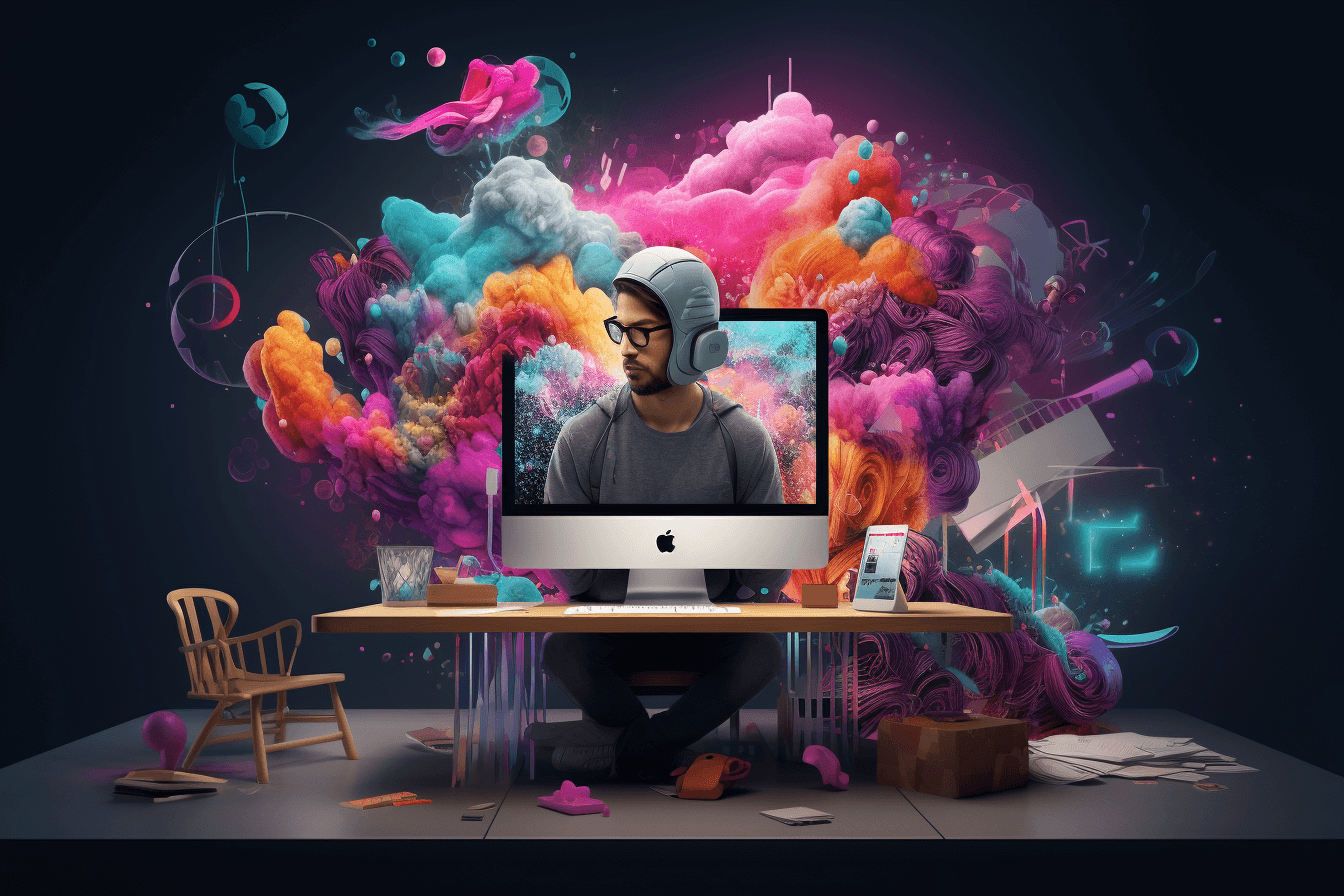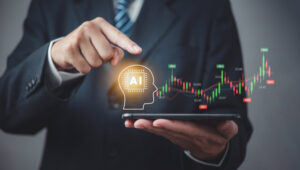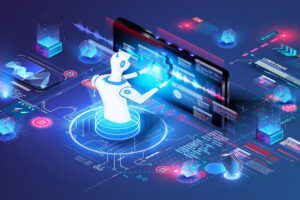In recent years, the integration of OpenAI into various fields has sparked a transformative wave, and graphic design is no exception. By harnessing the power of AI, designers are now able to streamline their creative process, enhance their designs, and increase efficiency in unprecedented ways. This article explores the exciting world of OpenAI for graphic design, shedding light on how it is reshaping the industry.

The Rise of AI in Graphic Design
The advent of AI in graphic design has brought about a paradigm shift. With tools like OpenAI, designers can now automate repetitive tasks, allowing them to focus more on the creative aspects of their work. This not only saves time but also boosts productivity, enabling designers to take on more projects and push the boundaries of creativity.
How OpenAI Enhances Creative Workflows
OpenAI offers a suite of tools that help designers at every stage of the design process. From generating initial design concepts to refining and optimizing final outputs, OpenAI acts as an intelligent assistant, providing suggestions and insights that were previously unimaginable. By analyzing vast amounts of data and learning from patterns, AI can predict design trends and suggest innovative solutions.
AI-Driven Design Tools
Several AI-driven design tools have emerged, offering unique capabilities that empower designers. These tools can generate high-quality graphics, assist in color palette selection, and even create custom illustrations. By leveraging AI, designers can experiment with new styles and techniques, expanding their creative horizons.
Benefits of OpenAI in Graphic Design
The integration of OpenAI into graphic design offers numerous benefits. Firstly, it enhances creativity by providing designers with new perspectives and ideas. Secondly, it improves efficiency by automating mundane tasks, allowing designers to focus on more complex and creative challenges. Thirdly, it enables designers to create more personalized and targeted designs by analyzing user data and preferences.
Improving Design Accuracy
One of the significant advantages of OpenAI is its ability to improve design accuracy. By analyzing vast datasets, AI can suggest design adjustments that align with the latest trends and user preferences. This ensures that designs are not only visually appealing but also resonate with the target audience.
Streamlining the Design Process
The design process can be time-consuming, with numerous iterations and adjustments required. OpenAI streamlines this process by providing real-time feedback and suggestions, reducing the number of revisions needed. This not only saves time but also enhances the overall quality of the final design.
Challenges and Considerations
While the integration of OpenAI in graphic design offers numerous benefits, it also presents challenges. One of the primary concerns is the potential loss of the human touch in designs. As AI becomes more involved in the creative process, designers must ensure that their unique style and vision are not overshadowed by automated suggestions.
Ethical Implications
The use of AI in design also raises ethical questions. Designers must consider the implications of using AI-generated designs and ensure that they adhere to copyright laws and ethical standards. Transparency in the use of AI tools is crucial to maintain trust and credibility in the design industry.
Balancing Creativity and Automation
Finding the right balance between creativity and automation is essential for designers. While AI can enhance creativity, it should not replace the designer’s unique perspective and intuition. Designers must learn to leverage AI as a tool that complements their skills rather than replacing them.
The Future of OpenAI in Graphic Design
The future of OpenAI in graphic design looks promising. As AI technology continues to evolve, designers can expect even more advanced tools and capabilities. The integration of AI with other emerging technologies, such as augmented reality and virtual reality, will open up new possibilities for creating immersive and interactive designs.
AI-Powered Design Collaborations
Collaboration between AI and designers will become more seamless, with AI acting as a creative partner rather than just a tool. This collaboration will enable designers to tackle complex design challenges and create innovative solutions that were previously unimaginable.
Redefining Design Education
The integration of AI in graphic design will also impact design education. As AI becomes an integral part of the design process, educational institutions will need to adapt their curricula to equip students with the skills needed to work with AI tools effectively. This will ensure that future designers are prepared to thrive in an AI-driven creative landscape.
Conclusion
In conclusion, the integration of OpenAI into graphic design is revolutionizing the industry by enhancing creativity, improving efficiency, and opening up new possibilities. While challenges and ethical considerations remain, the benefits far outweigh the drawbacks. As designers continue to embrace AI tools, the future of graphic design looks brighter than ever. For those interested in learning more, this Leonardo AI article offers insights into the transformative potential of AI in graphic design.

FAQ
What is OpenAI for graphic design?
OpenAI for graphic design refers to the use of AI tools and technologies to enhance the creative process, improve efficiency, and provide designers with new insights and capabilities.
How does OpenAI benefit graphic designers?
OpenAI benefits graphic designers by automating repetitive tasks, providing design suggestions, improving accuracy, and offering new creative perspectives.
Are there any challenges associated with using OpenAI in graphic design?
Yes, challenges include maintaining the human touch in designs, ethical considerations, and finding the right balance between creativity and automation.







